How has been your winter so far? As we are in the middle of winter season, we would like to introduce insulation and cold protection tips from various regions in the world. Some of the tips are simple and easy to follow so read through the post and try to keep your house warm this winter!
Korea
Koreans keep their homes warm in unique ways. In Korea, preventing the cold air and heating the floor up are important in insulation! Let’s learn more about how Koreans protect themselves from the winter.
The first Korean tip is covering the windows with bubble wraps. By this way, people can prevent the cold wind to come in and the heat to come out through the window where almost 40% of the energy in a building escapes. The air layer in the bubble wrap increases the insulation effects and room temperature approximately by 2.2°C!
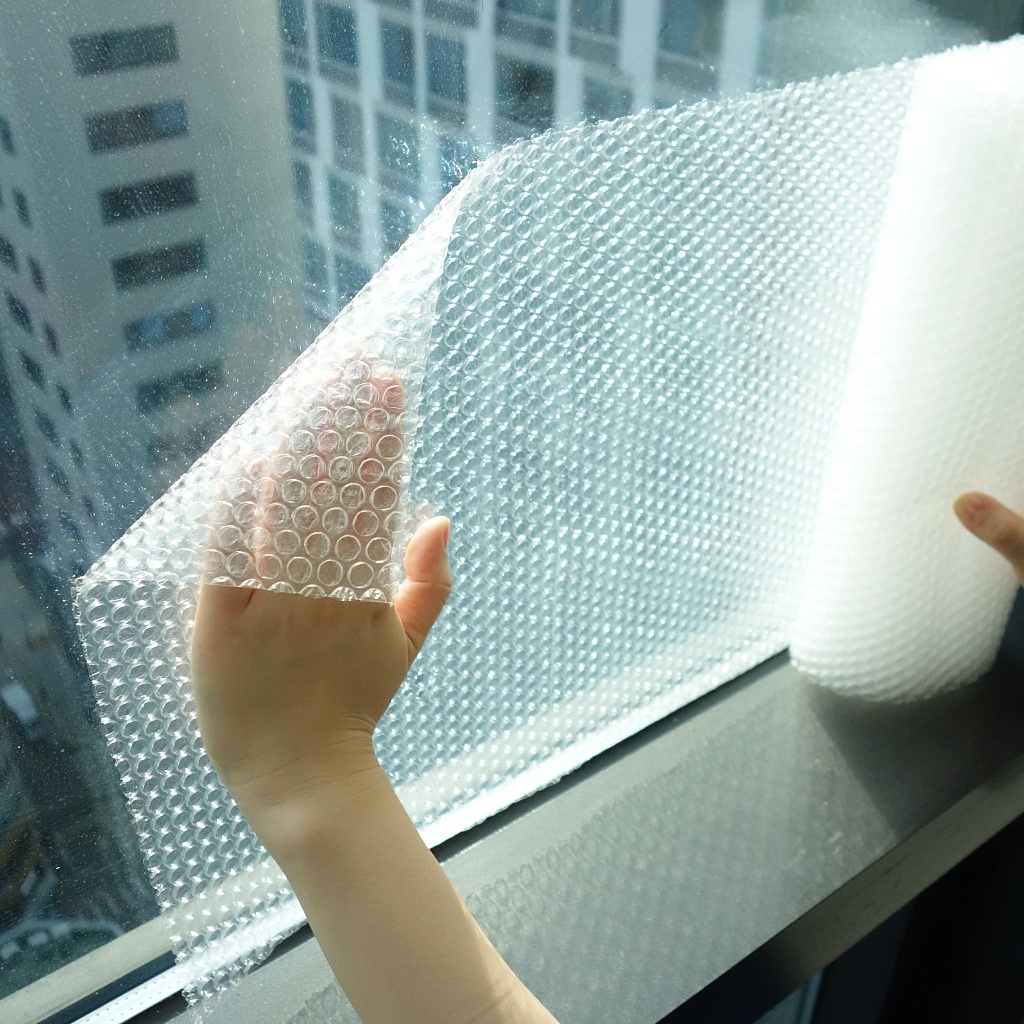
The other unique Korean way for cold protection in winter is a floor heating system called Ondol. Ondol works by heating the steel or copper water pipes coiled below the floor. When the heat is on, the warmth spreads up into every room and lasts long until the pipe cools off not the heat goes off. Furthermore, the air is heated as well because the hot air tends to rise. Through Ondol, Koreans keep the warmth their homes and stay warm in winter.
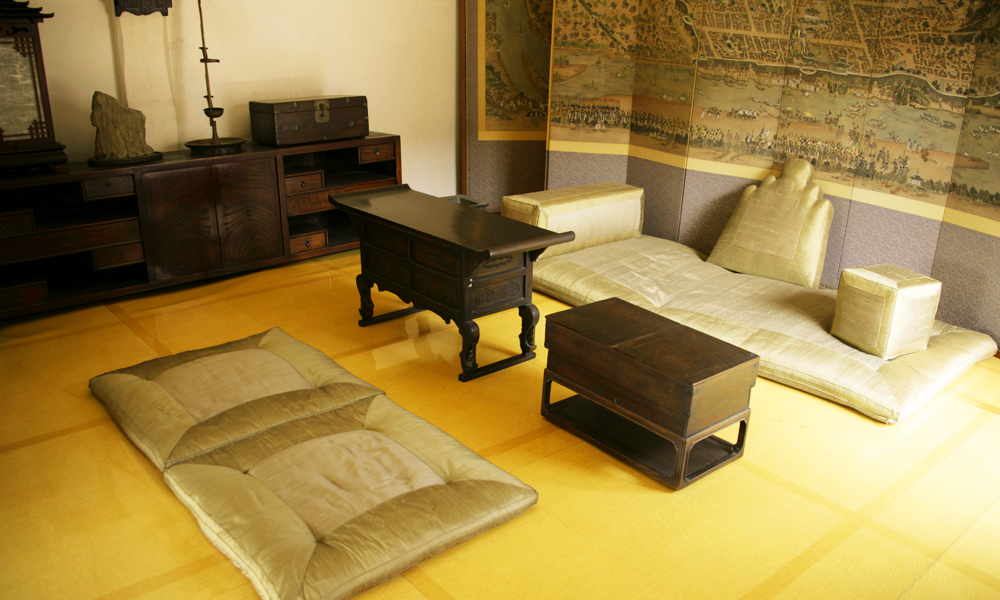
Canada
Canada is one of the countries in the world that has cold winter. Canada even has the record of the world’s lowest average daily temperature, -5.6°C. Its winter is marked by snow, ice, blizzards, and wind. If the weather is this much extreme, then how do Canadians survive throughout the winter? Let’s find out together.
People also install films on widows. Up to 30% of building’s cooling and heating load is through windows. Installing window film reduces the stress on a building’s HVAC system by blocking up to 80 percent of the sun’s heat. Also by maintaining interior warmth, film reduces a facility’s heating needs in the winter. Curtain is a good alternative of window film if an affordable option is needed. Thick heavy drapes and curtains keep the heat in the house.
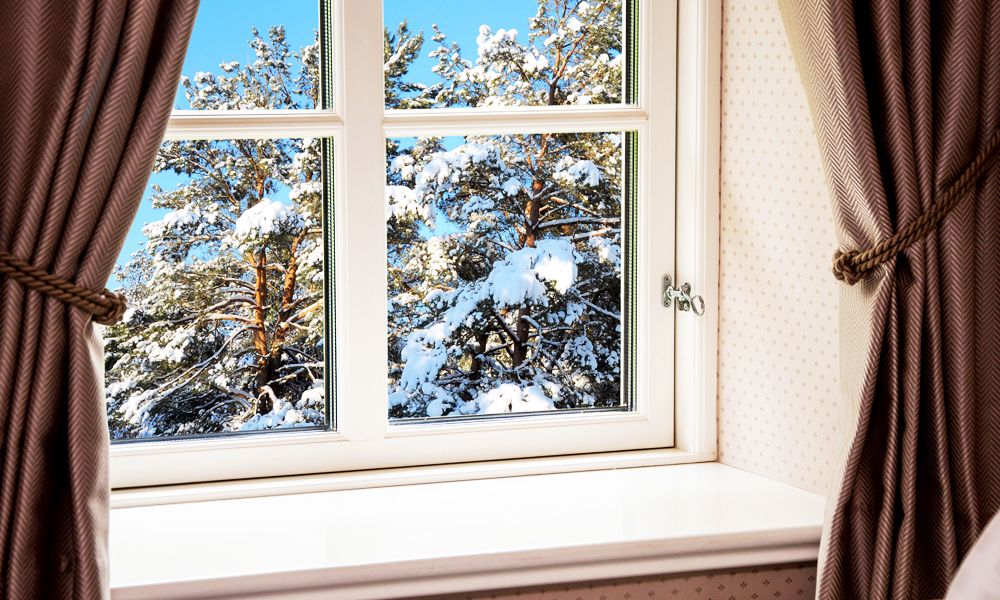
Checking the flue of wood-burning fireplace is also important to keep house warm. Flue is designed to expel the heated air from the fireplace. Yet if the fireplace is not in use and the flue is open, it becomes an escape way for the warm air. Therefore, make sure to close the flue if you do not use the fireplace!
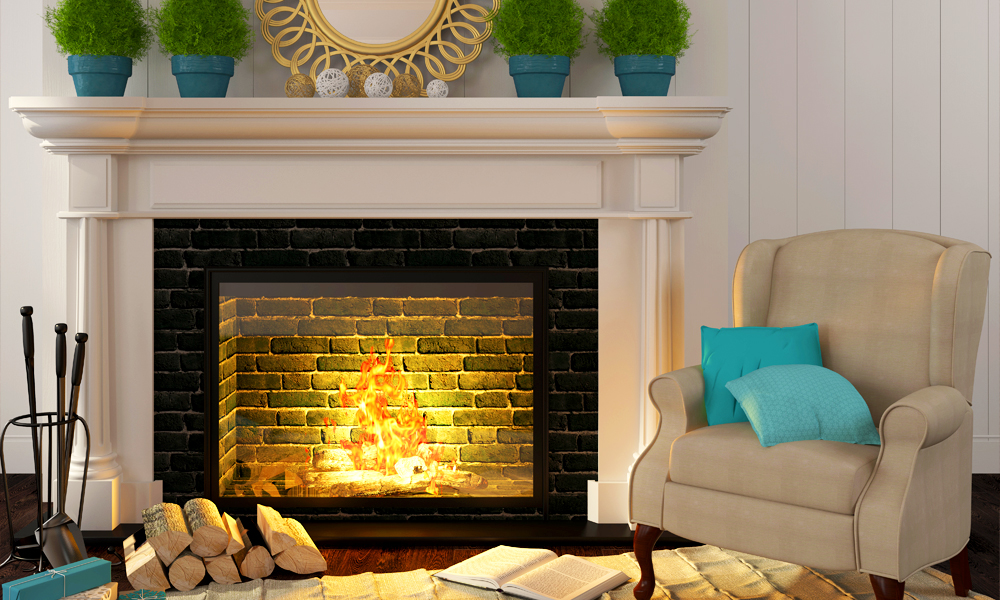
Japan
Let’s fly across the ocean and find out the Japanese’s winter survival tips!
Since the summer in Japan is hot and humid, most of Japanese houses are built to be more comfortable in summer rather than in winter. For this reason, in Japan, central heating is not widespread. Instead, a special heating device called Kotatsu is widely used to stay warm in winter. Kotatsu is a low table frame covered by a heavy blanket with a heater attached underneath it. People rest their lower bodies under the blanket to keep themselves warm.
In the outside, people carry small warmers to keep themselves warm. People carry them in their hands or place them in shoes, around ankle, waist, or wrists. There are various types of warmers. The disposable warmer is the one that heats up once it is shook, and it typically lasts a few hours. Clothes-attachable warmer is also available. By attached on clothes, it fights off the cold and keeps the body warm.
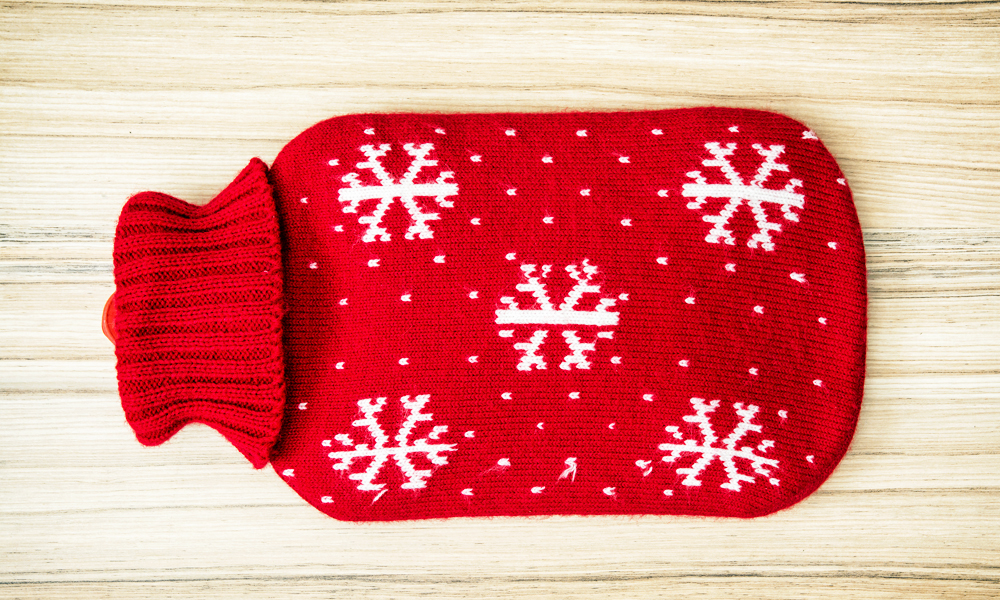
Japanese also enjoy hot springs (Onsen) in winter. Since Japan is a volcanically active country, the country has thousands of hot springs. People soak up in the hot spring while admiring the beautiful winter scenery. Bathing in hot water is known to be good for health because it stimulates the nervous system and relaxes body. A temperature of 42°C (108°F) stimulates the nervous system, and at a temperature of between 36 and 40°C (97 to 104°F) has a very relaxing effect. The majority of Japanese find 42°C (108°F) most suitable.
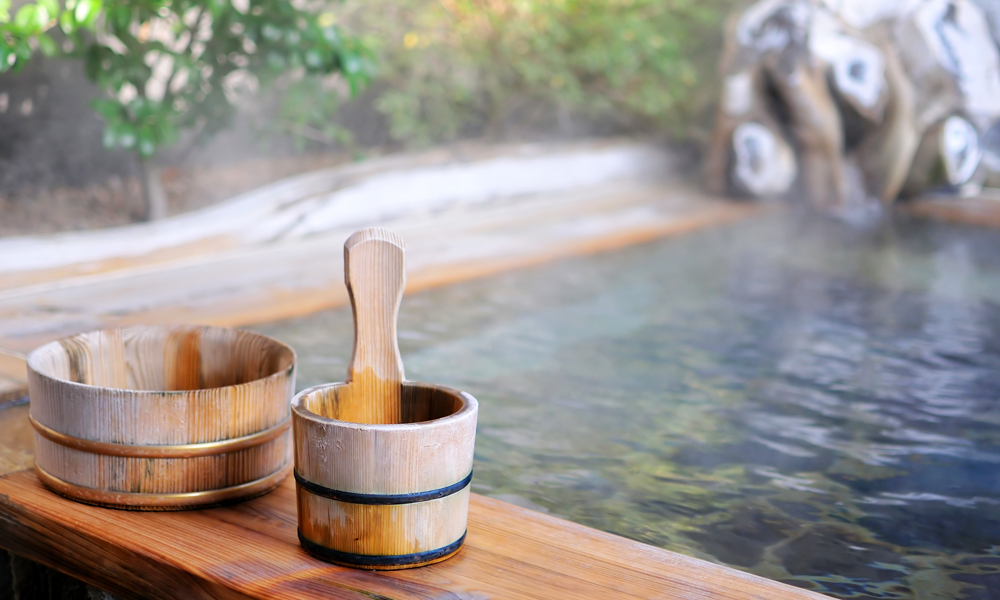
United Kingdom
The United Kingdom is one of the places where known for rain and fog. Its winter may not too harsh as Canadian winter; still, winter in the UK is pretty cold. Let’s find out the British insulation tips!
Utilizing the heat coming from the radiator is the key to keep the house warm. Installing heat reflective aluminum foil behind the radiator, particularly on the ones attached to external walls, prevents unnecessary heat loss from radiators. This way, the heat is reflected back into the room, and keeps the warmth of house. Good quality kitchen foil can be used instead of reflective foil yet it is generally not as effective.
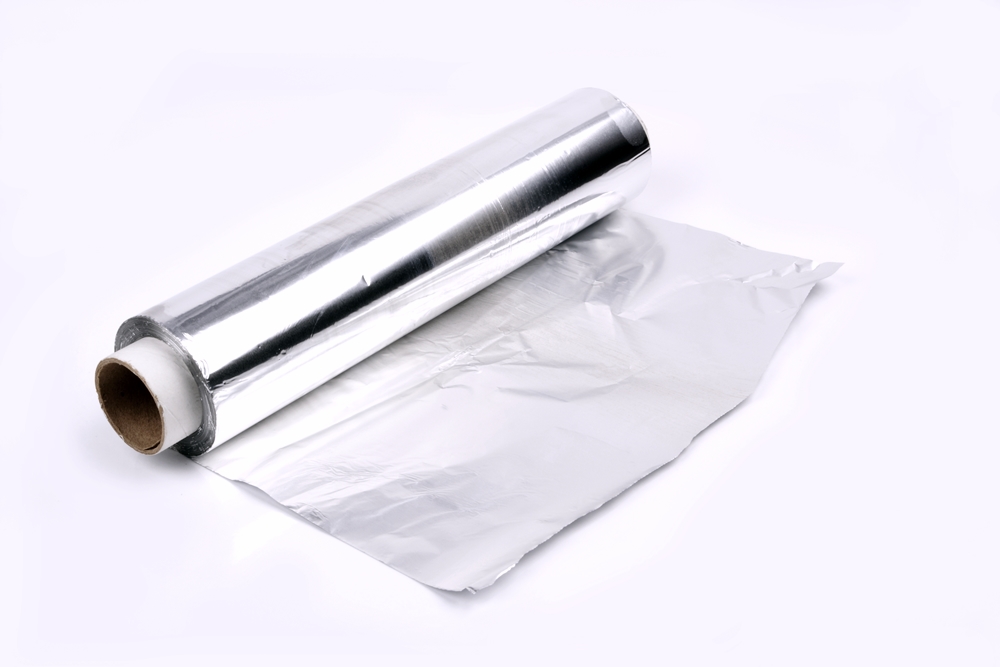
Placing large pieces of furniture in front of the radiator should be avoided. For example, if a sofa is placed by the radiator, the heat coming from the radiator is absorbed into sofa. To channel the warmth, a shelf is installed above the radiator, especially the ceilings are high. The shelf stops the hot air rising directly above it. Yet nothing should be placed on the radiator!
The last British tip for keeping the warmth in the house is covering mini draughts and bare floors. A lot of draught comes through the letterbox and keyholes. Because even the small draught makes a room much colder, covering those up prevent lots of chill air coming into the house.
According to the UK’s National Energy Foundation (NEF), floors account for as much as 10% of heat loss if they are not insulated. Therefore, covering wooden flooring with rugs and blankets makes the heat not to be lost while keeping the feet warm.
Here we learned about winter insulation and survival tips of Korea, Canada, Japan, and the United Kingdom. It seems preventing the cold wind coming into the house and keeping home warm are the common key points of insulation. Did you find them helpful and useful information? Please try some of them and see how they work! Also share the information with your family and friends if you find them useful. Hope everyone around you stay warm in this winter 🙂


































